What is pepino and how to grow it properly at home
Few of the residents of villages and small towns in Russia have tried pepino, these fruits can be found only in hypermarkets in megacities. But for all segments of the population of South America, these berries, like potatoes for us, are part of a large number of dishes. The fruit is sometimes called melon pear due to its pear-shaped shape and melon-like taste. There is no need to envy the inhabitants of large cities, each of us can grow an exotic fruit at home. The main difficulty is to germinate the seeds, and further care is almost no different from growing tomatoes or peppers.
What is Pepino
In the mountainous regions of the tropical belt, an amazing plant is found. The highly branched bushes reach a height of 1.5 m. The stems are not as strong as a tree, but they cannot be called grass either. In the season of flowering, bunches of fragrant inflorescences adorn the shoots. After a certain period of time, the flowers turn into fruits, which, according to the botanical classification, belong to berries.
The type and size of fruits depends on the variety: the smallest are as large as cherries, and the largest ones reach a length of 17 cm and a weight of 1.3 kg. In the sun, fruits with a delicate sweet taste are formed; in the shade, the berries do not gain sweetness. If you want to feast on the juicy pulp, try the rind first. In some species, it has a bitter taste and is removed before consumption. Inside the fruit are clusters of seeds from which a new bush can be grown.
Pepino belongs to the genus Solanaceae, its closest relatives are tomatoes, potatoes, peppers. These cultures also did not appear in Russia, but now they can be found in any summer cottage. If desired, it is possible to grow melon pears in the middle lane, if the plantings are properly cared for.
Melon pear benefits
Farmers in the southern countries grow large volumes of pepino fruit, but the widespread distribution of the product around the world is hampered by difficulties with transportation. Delicate berries can be easily damaged; for transportation, each of them must be packed in a protective container. Breeders are working on the creation of new varieties, more advanced transportation technologies appear, and now exotic fruits are available to residents of the northern countries.
There are many tasty fruits in the world, not all of them are useful. Under the hot tropical sun, melon pear has accumulated ascorbic acid no less than lemons and tangerines. It also contains many other vitamins, useful carbohydrates and iron. The inhabitants of the tropics use the plant in folk medicine. Such a fruit rich in useful components would be very useful to residents of the northern regions.
Perhaps in a few years pepino will be sold in any rural store, but now it is very difficult to buy it in Russia. We will not sit back and try to grow an exotic fruit on our own. This experience already exists: more than a century ago, the melon pear was bred in the greenhouses of Russia.
Features of growing pepino
It is useless to try to grow pepino in a garden bed in the middle lane. For development, it is necessary that for at least 6 months the temperature outside is at least + 18⁰. A rare summer in the Moscow region can provide such conditions, and in May and September the nights become cool. A sultry summer is also not always good for the harvest: with heat above + 28⁰, the fruits are not tied.
For cultivation in central Russia, special varieties have been bred. They are suitable for both greenhouses and home cultivation. The most famous are 2 types: "Consuelo" and "Ramses".Agrofirms sell planting material, but there are very few seeds in the package, and their germination rate is low.
If ripe pepino fruits are sold in your city, you can try using their seeds. Please note that at home, this culture grows as a perennial evergreen shrub. Perhaps in your apartment he will feel in his native element and will winter well, otherwise he will need to plant a melon pear annually.
Germinating seeds
If you wish, you can try to grow a pepino bush at home for several years, but this result is not always obtained. A more reliable method is sowing seeds annually. Seedlings develop slowly, and in order to get good seedlings by the warm season, seed germination should be started in November or December. The seeds are spread on a damp paper towel or cotton pads. From above, the container is covered with glass and placed in a warm place with a temperature of + 28⁰С.
After 1-2 weeks, the roots will appear, after which the sprouts need to be kept in the light around the clock. Be sure to open the glass for a few seconds every day so that moist air does not stagnate. Make sure that the fabric does not dry out. When the cotyledon leaves appear, reduce the daylight hours to 14 hours.
Advice
If the peel does not fall off the leaves and they cannot develop, spray the seedlings with warm water several times a day. The skin will become soft and fall off the cotyledons.
When 2 true leaves develop, the seedlings need to be dived into separate pots. To avoid damaging the roots, take a seedling with a piece of material on which it grew. The soil should be light and fertile with a neutral reaction. You can purchase land for tomato or pepper seedlings.
Growing from cuttings
Growing from seeds is a very laborious process, if you have the opportunity to get the branches of the plant, propagate pepino by cuttings. Shoots root very easily, after a few days they will take root. You can cut the stepchildren from seedlings or take the shoots from friends. This method is much more effective: plants develop faster, and from one bush you can get many shoots for planting.
If you don't want to mess with the seeds next year, take care of the cuttings in the fall. Cut off the fertile bushes by a third, plant them in large buckets and keep them at + 8⁰ until February. Water sparingly only when the soil is dry. No other care is required during the cold season.
By the end of winter, move the bucket to a room with a temperature of + 16⁰, feed and make watering more frequent and abundant. Do not allow buds to appear, cut them off. Cut off the emerging stepchildren and plant them in seedling soil... Cuttings need high air humidity for rooting. Cover the boxes with plastic wrap or make a plastic bottle cap for each plant.
Relocation to a permanent place
Seedlings are planted in a greenhouse or permanent container at the age of about 4 months. This usually happens in May, but it should be borne in mind that the air temperature should not drop below + 18⁰, and the soil should warm up to + 20⁰. In the northern regions, only well-insulated or heated greenhouses are suitable for such purposes.
If growing at home, select the sunniest windowsill for the plant. The bucket should be large enough, 8-10 liters. In this case, pepino can become a perennial indoor flower and bear fruit annually. Do not forget that the inhabitants of the tropics also have a period of rest. In winter, place the melon pear in a cool place with a temperature of about + 10⁰ for 2 months.
The soil for planting needs light, good air and moisture permeability. 1 m2 you can plant no more than 3 bushes. Do not overdo it with nitrogen fertilizers, otherwise the greens will actively grow, and the fruits will not tie. Last year's manure and preparations with phosphorus and potassium must be added to the soil.
Depending on the availability of a summer cottage and the climate of your area, you can plant seedlings:
- in open ground;
- to the greenhouse;
- in a container on the balcony or loggia;
- into a large container for growing on the windowsill.
Plant care
Growing at home or on the street does not eliminate the plant's need for nutrients and trace elements. Every 10 days, carry out foliar dressing, it is advisable to add growth stimulants to the solution. Water the plants until fruit appears as the soil dries. When the berries appear, the amount of moisture should be increased, but not "poured" the plants. From excess water, fungal infections attack the bushes, and the fruits crack. A hydrogel can be added to regulate soil moisture under the roots. It is advisable to mulch the surface of the soil.
Whoever grew tomatoes in the country knows how quickly stepchildren grow. Pepino also belongs to the genus Solanaceae, and the extra shoots appear with incredible intensity. Inspect the bushes at least once a week and remove any excess shoots. When the plants get stronger, it will be difficult to cut off the stepchildren with your hands; a knife or pruner may be required. Remember to treat tools with disinfectant solutions to avoid spreading the infection to all bushes.
Leave no more than 3 stems on each plant. Growing bushes with dense greenery is undesirable: there will be few fruits, and their taste will become worse. Wherever you grow a melon pear, when the stems grow, they need to be fixed on a support. At home, it is better to foresee in advance a structure for tying the stems.
Advice
For better fruit setting, shake the bushes during flowering. The pollen will spread more intensively over the plantings and pollinate more flowers.
It is very important not to be late with the harvest, otherwise the berries will lose their sweetness. When the fruits become soft and purple streaks appear on the peel, it's time to put the melon pear for storage. In the refrigerator, undamaged berries can lie for several months. Unripe fruits can be placed in a warm room, where they will ripen. If there are many small ovaries left on the branches, transplant the plant into a bucket and take it to a room or greenhouse. In winter, you will still reap a new crop.
Pepino diseases and pests
Although the melon pear came to us from tropical lands, Russian insects will not refuse to feast on both greens and fruits. They especially love to attack weak and oppressed plants or too dense plantings.
On the bushes you can find:
- Colorado potato beetle;
- aphids;
- whitefly;
- ticks;
- ants;
- slugs.
For pest control, use appropriate insecticides. To protect against slugs, cover the surface of the soil with needles. The needles prick delicate bodies, and the snails will not reach the plants. Monitor the air temperature and soil moisture, do not overdo it with watering. Growing in good conditions will prevent pests from leaving you without a crop.
Proper care will protect the melon pear from disease. Make sure that the plantings are well ventilated, the soil is not too wet. Most plants suffer from fungal infections: rot, black leg. It is very difficult to treat such diseases; it is better to focus on prevention.
Output
Many exotic plants can be grown at home, including pepino. When buying seeds, it is advisable to pay attention to the varieties of Russian selection: "Ramses", "Consuelo". Growing from cuttings is much easier and more efficient. Leave one bush in a cool room for the winter, it will give you a lot of planting material in the spring.
Caring for the bushes is simple, the same as for tomatoes. Be sure to make sure that the plant is not covered with stepchildren, remove unnecessary processes in time. With dense greenery, the fruits will turn out to be small and tasteless, and pests and pathogens will really like such conditions.
Pepino fruits can be used both as vegetables and as berries: make salads, add to vegetable dishes, cook jams and compotes. By consuming melon pear, you will get a huge amount of ascorbic acid, other vitamins and minerals. Winter supplies will help you survive the period of vitamin deficiency, and the next year you will not even remember about the spring blues.
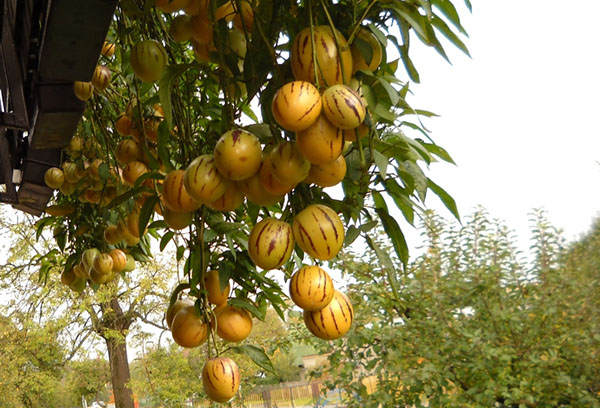
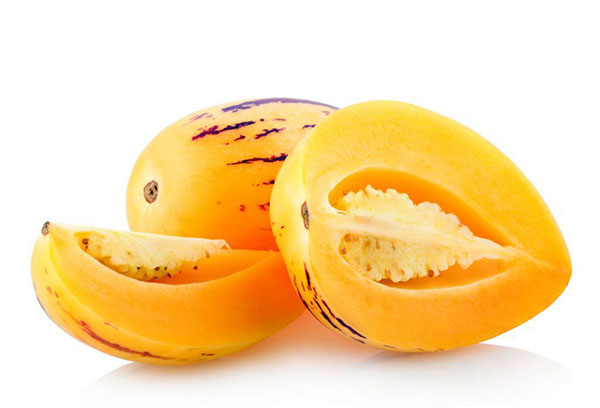
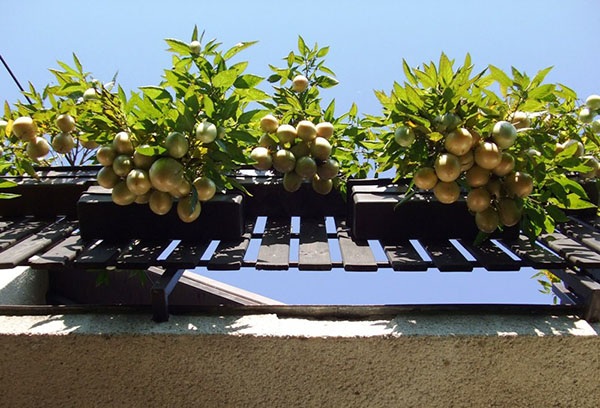


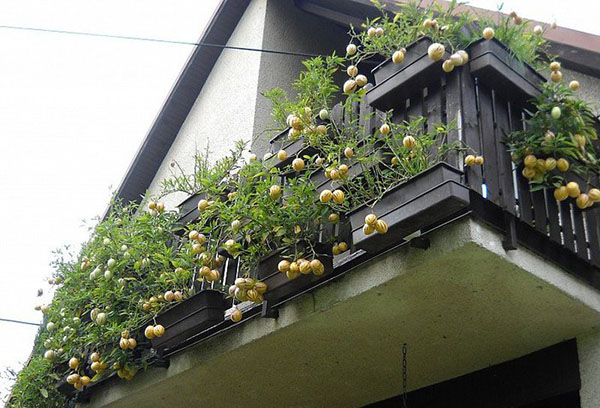
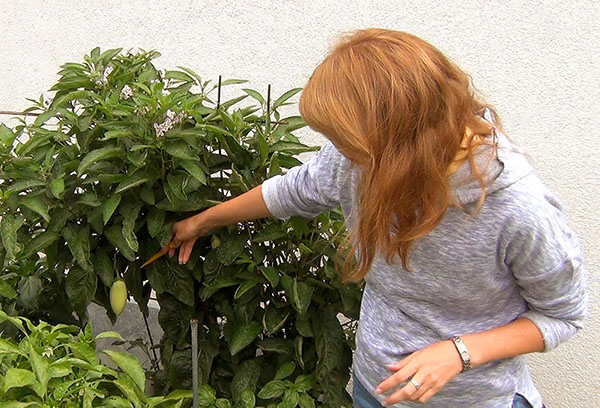
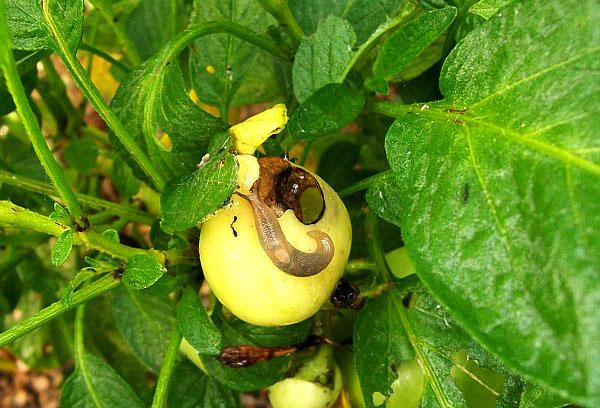
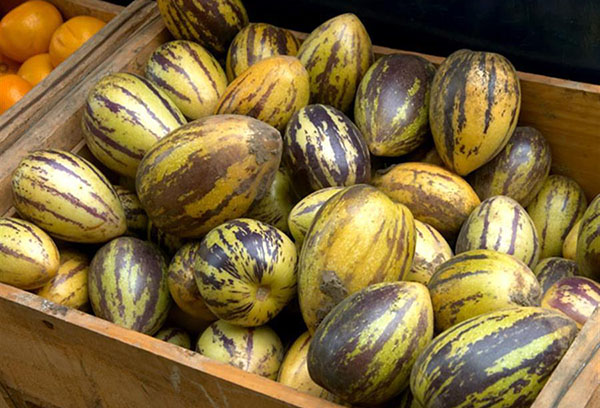
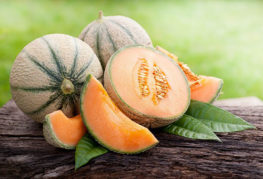
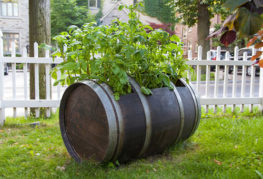
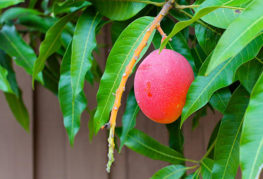
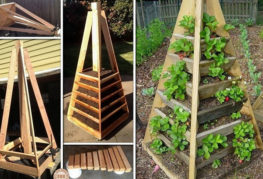
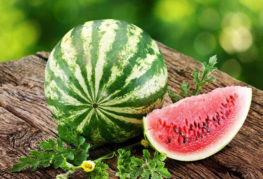
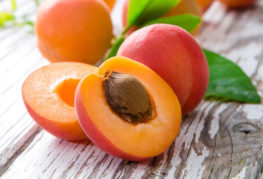
and will be published shortly.